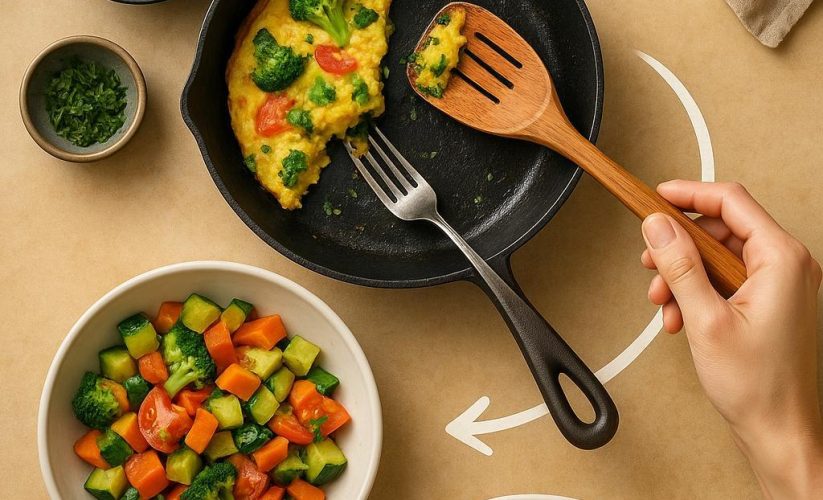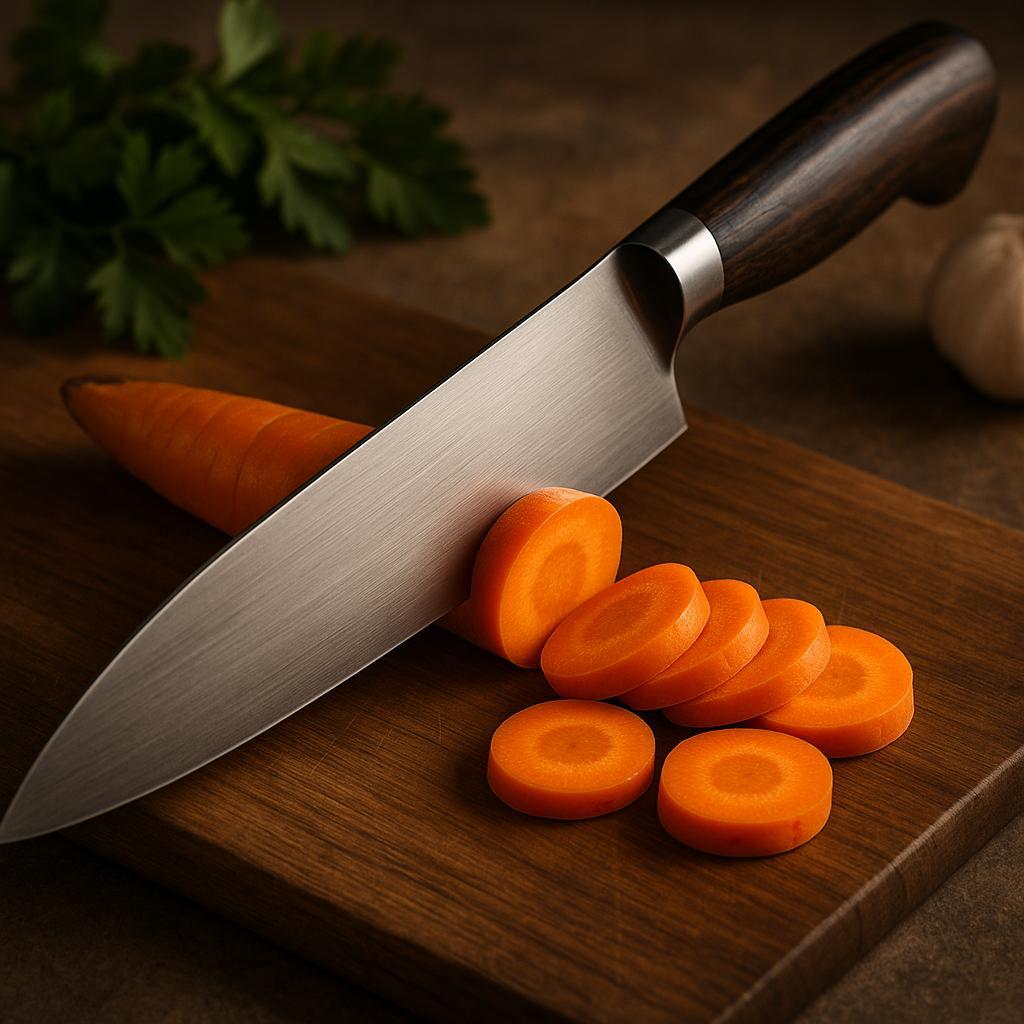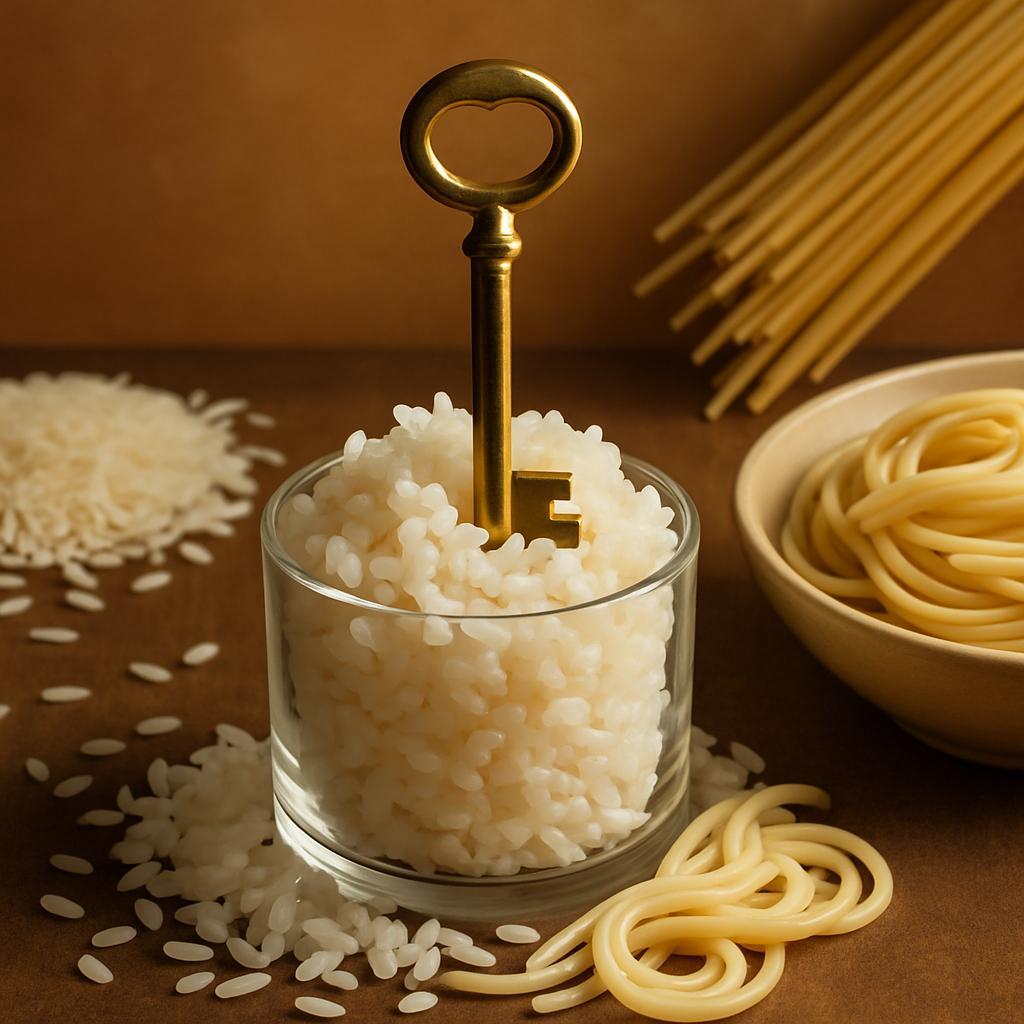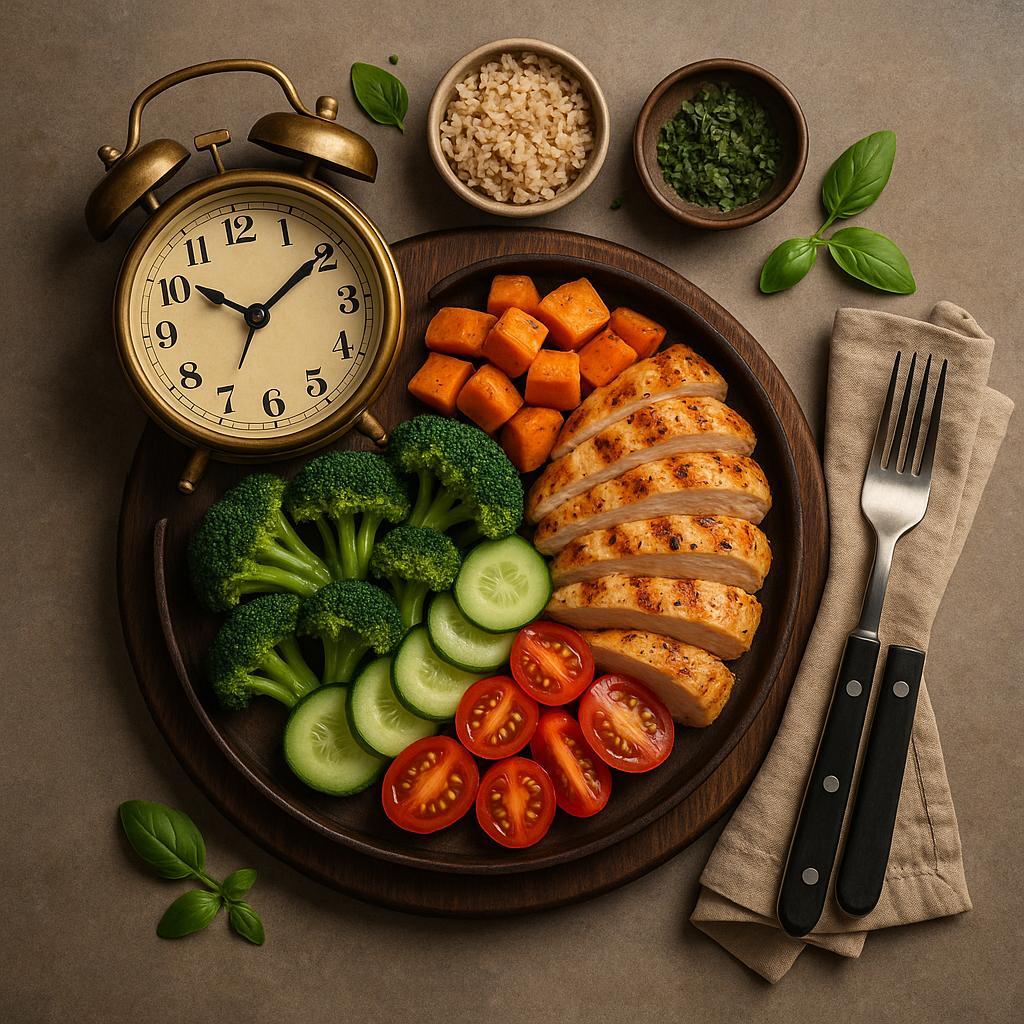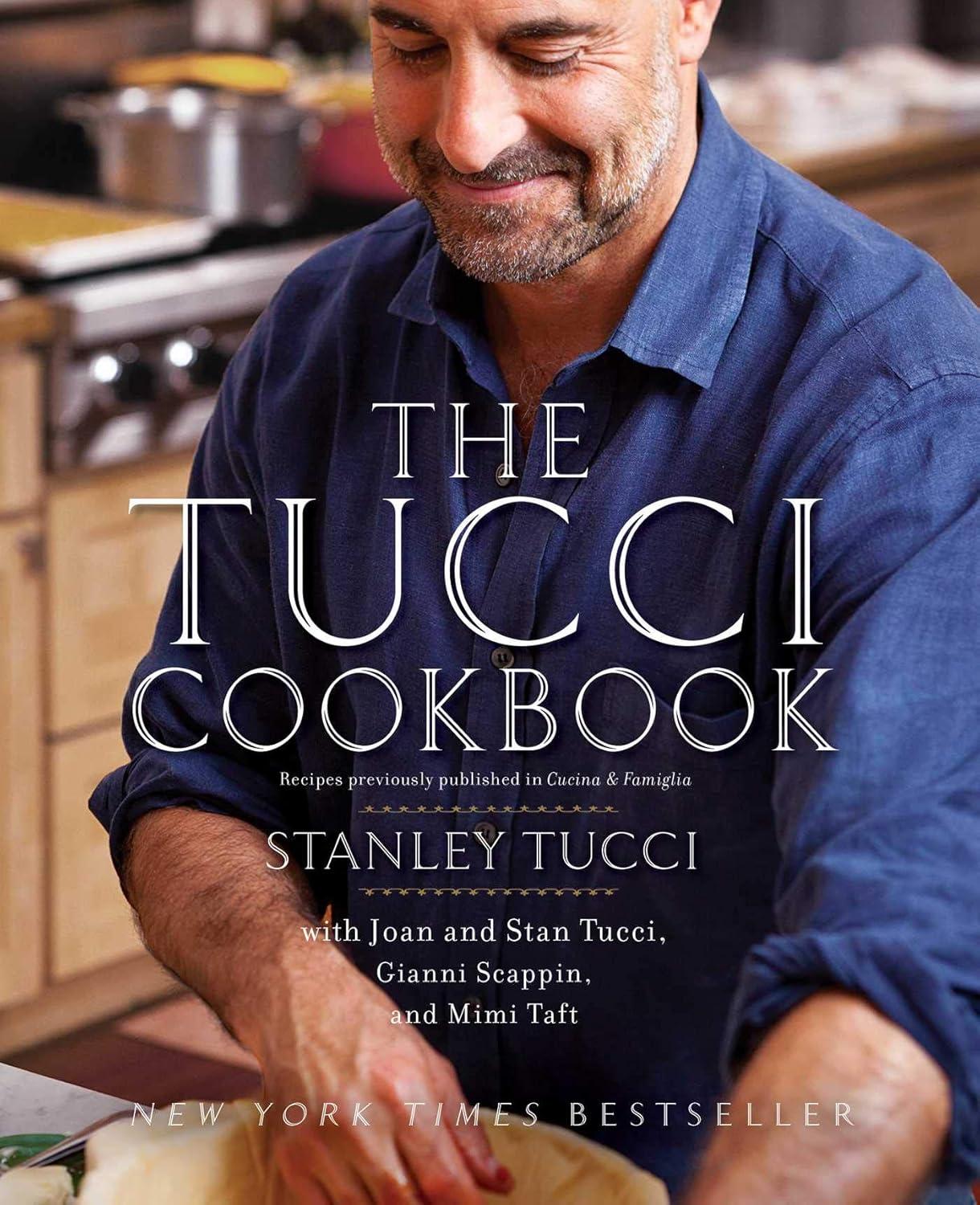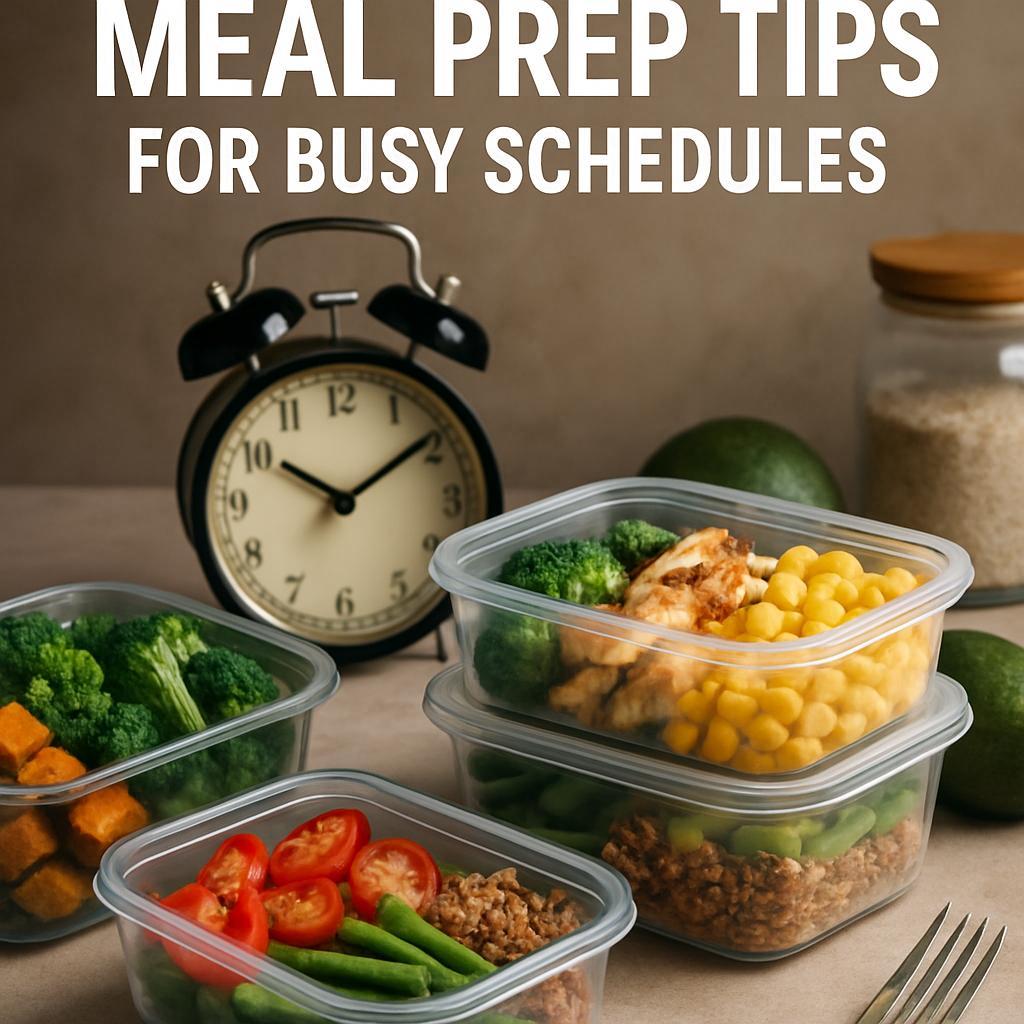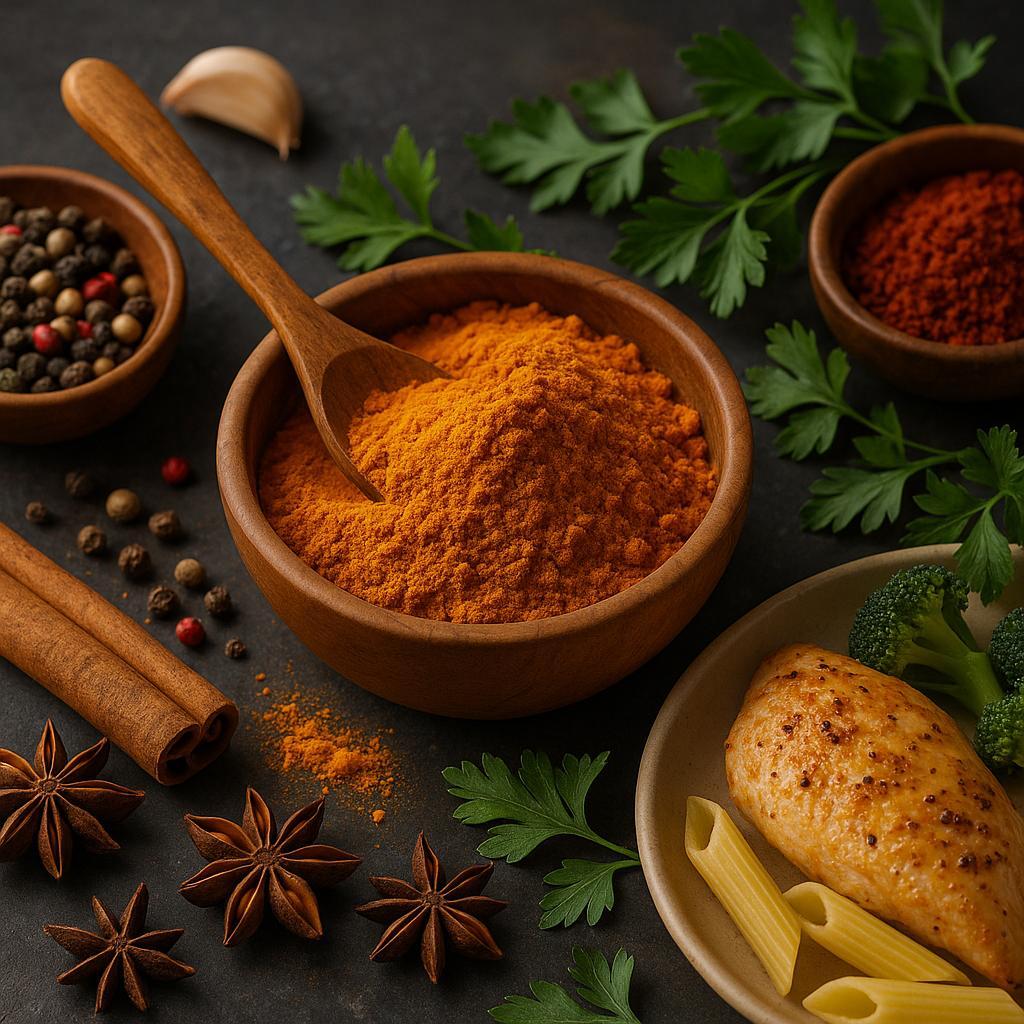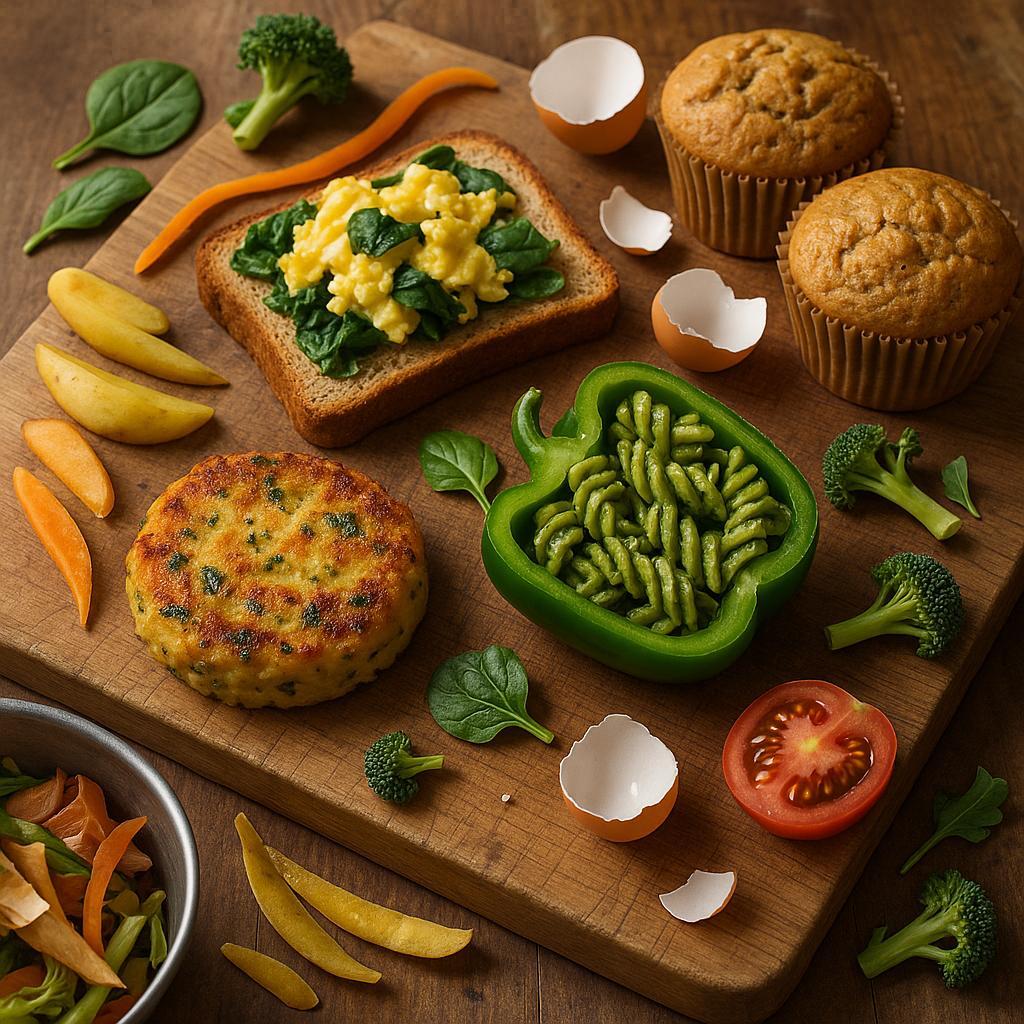Bold Spice Strategies to Elevate Everyday Meals
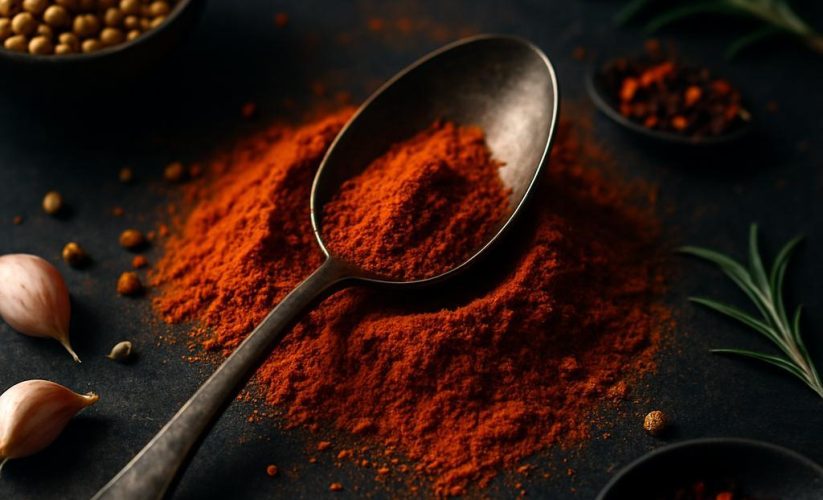
One pinch can rewrite a meal. When weeknight dishes start to echo each other, bold spice strategies offer a swift, affordable path to depth without overhauling your grocery list. Think of spices as tools-timed, layered, and contrasted-so familiar ingredients keep their ease but gain dimension. The aim is clarity, not clutter: flavors that feel intentional, balanced, and memorable. Let’s begin where flavor wakes-the moment a spice meets heat.
Table of Contents
- Build pantry blends that rescue routine dinners
- Master heat and sweetness for deeper everyday flavor
- Wake aroma by toasting and blooming your spices
- Travel the world through regional spice profiles at home
- Q&A
- The Conclusion
Build pantry blends that rescue routine dinners
Stock a handful of salt-free, pre-mixed spice blends in 4-6 oz jars and you’ll have instant detours from bland. Aim for a simple structure: 6-8 parts base (paprika, onion, garlic), 3-4 parts signature (cumin, coriander, pepper, mushroom powder), 1-2 parts accent (herbs, seeds, citric acid or sugar), plus a heat element. Keep particle size uniform for even toasting, label and date each jar, and store away from light. Use a consistent method: bloom 1-2 teaspoons of blend per portion in a tablespoon of oil for 20-30 seconds until aromatic; then add protein, veg, or sauce base. Dosing guide: 1 tablespoon per pound of protein, 2 teaspoons per sheet-pan of vegetables, 1 teaspoon per cup of sauce. Salt separately to taste and finish with brightness-lemon, vinegar, or yogurt-to make flavors pop.
Smoky Sheet-Pan Saver: 2 tbsp smoked paprika; 1 tbsp dried oregano; 2 tsp garlic powder; 2 tsp ground cumin; 2 tsp ground coriander; 2 tsp light brown sugar; 1 tsp black pepper; 1/2 tsp chili flakes. Use for chicken thighs, chickpeas, carrots; finish with lemon and parsley. Lemon-Pepper Umami: 1 tbsp cracked black pepper; 1 tbsp nutritional yeast; 2 tsp garlic powder; 1 tsp onion powder; 1 tsp dried thyme; 1 tsp citric acid or finely ground dried lemon peel; 1/2 tsp white pepper-great in cream sauces, on shrimp, or with asparagus; whisk into butter and pasta water. Weeknight Shawarma‑ish: 1 tbsp ground coriander; 1 tbsp ground cumin; 1 tbsp sweet paprika; 2 tsp turmeric; 1 tsp allspice; 1 tsp garlic powder; 1 tsp ginger powder; 1/2-1 tsp cayenne; 1 tsp crushed dried mint or fenugreek-mix with yogurt, lemon, and salt for roasting chicken or cauliflower. Umami Stir‑Fry Dust: 1 tbsp mushroom powder; 1 tsp five‑spice; 1 tsp ginger powder; 1 tsp garlic powder; 1 tsp ground toasted sesame; 1/2 tsp white pepper; 1/2 tsp Sichuan pepper (optional); 1 tsp sugar-bloom, then add soy, rice vinegar, and a splash of water to glaze tofu and greens. Better‑Than‑Taco Night: 1 tbsp ancho chili powder; 2 tsp smoked paprika; 2 tsp cumin; 1 tsp coriander; 1 tsp Mexican oregano; 1 tsp garlic powder; 1 tsp onion powder; 1/4 tsp cinnamon; 1/2 tsp cocoa; pinch chipotle-brown with tomato paste and a little stock, then finish with lime.
Master heat and sweetness for deeper everyday flavor
Think in layers: bloom your chile component in fat to release aromatic oils, then fold in a measured sweet note to round edges and carry flavor. Start a skillet with 1-2 tbsp neutral oil or butter; warm 1 tsp Aleppo, ancho, or gochujang until fragrant, then add garlic/shallot and a pinch of salt. Introduce a sweetener that also brings character-1 tsp each of maple, honey, brown sugar, date syrup, or pomegranate molasses-letting it mingle with the spice before liquids so it lightly caramelizes. This creates a glossy base that clings to ingredients. Try smoky chipotle with maple on roasted carrots, harissa with apricot jam on seared lamb or mushrooms, black pepper with a touch of balsamic and strawberries for a salad dressing, or Thai chiles balanced by palm sugar and lime over shrimp or tofu. Keep control with a final hit of acid (lime, rice vinegar) and a cooling element if needed-yogurt, coconut milk, or a knob of butter-to fine-tune intensity without muting complexity. For grill or oven finishes, brush on sweet-spicy glazes in the last 3-5 minutes to lacquer, not burn.
Use a simple framework for everyday cooking: for 2 servings, combine 1 tsp heat (chile flakes/paste, hot paprika, fresh minced chile) with 1-2 tsp sweetness (honey, brown sugar, mirin), plus 2-3 tsp acid to finish. Choose your sugar for function: honey for floral glide, brown sugar for molasses depth, demerara for crunch on cutlets, pomegranate molasses when you want tart-sweet brightness. Build a weeknight pan sauce by deglazing spicy fond with stock and vinegar, then mounting a small pat of butter for sheen. For marinades, keep sugars under ~5% of total weight and pat dry before high heat to avoid scorching; reserve extra marinade to cook into a safe glaze. If a dish runs too hot, add an extra half-teaspoon of sweetener plus fat and acid; if it’s too sweet, bump salt, add a sharper chile (cayenne, bird’s eye), or fold in bitter greens. Aim for a lingering, pleasant tingle that invites another bite-when you taste, wait two breaths before adjusting so the heat-sweet curve fully registers.
Wake aroma by toasting and blooming your spices
Use a dry, light-colored skillet to watch color change, and toast whole spices in a single layer over medium heat until they smell heady and just deepen in hue-about 60-90 seconds for cumin, coriander, or fennel; 2-3 minutes for peppercorns, cinnamon bark, or star anise. Chiles benefit from a brief kiss of heat too: tear them open, shake out some seeds to control fire, then press in the pan 10-20 seconds per side until pliable and brick-red. Stir constantly and pull them before you think they’re ready; carryover heat finishes the job. Cool completely, then grind while still faintly warm for an exceptionally vivid, volatile bouquet-adding a pinch of sugar or salt to the grinder helps prevent caking. Store the fresh blend in a tightly sealed jar away from light for no more than two weeks at peak. Toasting amplifies sweetness, tames harshness, and sets up depth; it’s the difference between background noise and a clear, resonant chord.
Next, unlock those fat-soluble aromas by blooming spices in oil, ghee, or butter. Heat 1-2 tablespoons fat over medium until it shimmers, then add 1-2 teaspoons ground spices (or crackled whole seeds) and stir for 20-45 seconds, until the fat stains with color and the fragrance leaps-this is the moment to add onions, tomato, or stock to halt further frying. Think of it as building a flavor concentrate: paprika bloomed in olive oil for potatoes, turmeric with black pepper in ghee for lentils, cinnamon and clove in butter for roasted squash, or cumin and chipotle in neutral oil to sweep through chili. If it smokes or smells acrid, start over; bitterness can’t be rescued. For quick finishes, make a sizzling tadka-garlic, mustard seed, and curry leaves popped in hot oil-then spoon it over soups, eggs, or beans. Toast first for complexity, bloom to project the aroma into every bite, and you’ll turn everyday dishes into confident, aromatic statements.
Travel the world through regional spice profiles at home
Build a plate around the spice profile, not just the protein. Toast whole seeds (cumin, coriander, fennel) in a dry pan until fragrant, grind, then bloom 1-2 teaspoons of your blend in 1 tablespoon of oil or butter to unlock fat-soluble aromatics. Balance heat and perfume with a simple ratio: 2 parts earthy base (cumin, coriander, paprika), 1 part accent (cinnamon, cardamom, fennel), 1 part heat (chile, black pepper), plus 1/2 part salt and 1/2 part sugar for caramelization. Anchor flavors with a regional “bridge”-coconut milk for Southeast Asia, yogurt for the Levant and India, tomato for the Horn of Africa, citrus and vinegar for Latin America. Keep blends small and fresh, label jars with date and region, and finish dishes with a bright note (lemon, lime, sumac, pomegranate molasses) to sharpen the edges of warm spices.
Put it into practice with targeted, weeknight-friendly moves: toss carrots with 2 teaspoons ras el hanout, 1 tablespoon olive oil, and a pinch of salt; roast at 425°F for 20 minutes and finish with yogurt, orange zest, and pistachios for a North African arc. Make a quick Mexican-style adobo by whisking 2 teaspoons ancho powder, 1 teaspoon dried oregano, 1 teaspoon garlic granules, 1 tablespoon vinegar, and 1 tablespoon oil; coat chicken thighs and pan-roast until charred edges form. For a lively Indian finish, roast potatoes in oil, then dust with 1 teaspoon chaat masala and a squeeze of lemon. Bloom 1 teaspoon za’atar in butter, slide in two eggs, and spoon the herby oil over the whites; serve with warm flatbread and a drizzle of tahini for an Eastern Mediterranean breakfast-for-dinner. Or simmer a 20-minute pot of Ethiopian-style lentils: bloom 1 tablespoon berbere in 2 tablespoons butter, add 1 cup red lentils, 2 cups stock, and 1/2 cup crushed tomato; cook until tender and finish with lemon and a dab of yogurt.
Q&A
What’s a quick, bold-spice move I can add to any weeknight meal without changing the whole recipe?
Make a 5-minute spice sizzle oil: warm 2 tablespoons oil or ghee until shimmering, add 1 teaspoon cumin or mustard seeds and a pinch of chili flakes, sizzle 30-45 seconds, then remove from heat and stir in 1 teaspoon smoked paprika or turmeric plus a splash of lemon juice or vinegar. Spoon over roasted vegetables, eggs, grilled chicken, grain bowls, or canned beans for instant depth and aroma.
How do I bloom spices correctly so they taste big but not burnt?
Heat fat first, add whole spices (seeds, pods) and sizzle until fragrant and a shade darker, usually 30-60 seconds; cut the heat and stir in ground spices to protect them from scorching. Use fats that carry flavor-ghee, olive oil, coconut oil-keep the pan at medium heat, and stop when you smell toasted notes, not smoke; you can also “bloom” in hot broth or tomato paste for low-fat dishes.
How much spice counts as bold without overwhelming the dish?
As a rule of thumb, use 2 teaspoons of a balanced spice blend per pound of protein or hearty veg, or 1 teaspoon of a single ground spice; halve those amounts for potent spices like clove, allspice, or fenugreek. Layering helps: a light rub before cooking, a bloom in the pan, then a finishing sprinkle or oil so intensity reads vibrant, not heavy.
Which bold spice pairings work best with everyday staples?
Beans love cumin, coriander, and lime or vinegar; finish with a chili-garlic oil. Chicken thighs sing with berbere or ras el hanout plus a touch of honey after roasting. Eggs pop with za’atar or garam masala and a chili-crisp drizzle. Salmon or cauliflower shines with Aleppo pepper and sumac, finished with yogurt and lemon zest.
My dish turned too hot or bitter-how can I save it?
For excess heat, add dairy (yogurt, cream, coconut milk) or nut butter, plus a little sugar or honey; for bitterness, add fat and acidity (olive oil, butter, lemon, or vinegar) and simmer a few minutes. If spices scorched, strain out burnt bits and refresh with a small bloom of fresh spices; you can also dilute with more base (broth, tomatoes, cooked grains or beans).
What’s the smartest way to buy, grind, and store spices for maximum payoff?
Buy small amounts, choose whole when possible, and grind fresh in a coffee grinder or mortar; clean grinders with a tablespoon of raw rice. Store airtight in a cool, dark cabinet; whole spices shine for 1-2 years, ground for 6-12 months-rub a pinch between fingers: if aroma is faint, toast lightly to revive or replace. Label and date jars, and keep chilies and nuts in the freezer to preserve color and oils.
The Conclusion
From blooming spices in oil to toasting and grinding fresh, you’ve seen how small, deliberate moves can make everyday ingredients feel new. The core insight is simple: layer with intention, balance heat thoughtfully, and let your senses lead the way. Tonight, try just one tweak-toast a few seeds or bloom a pinch in warm oil-and taste the lift. Keep experimenting, keep tasting, and let a quiet boldness guide your cooking.

